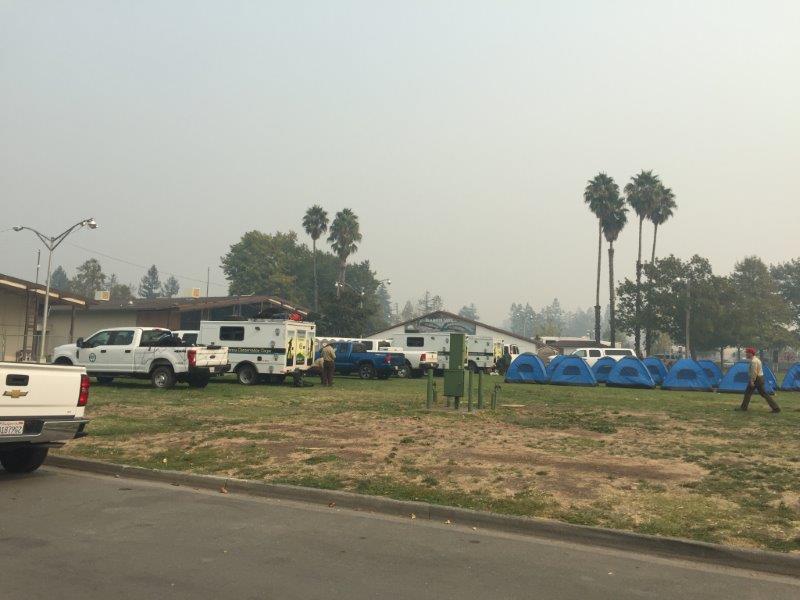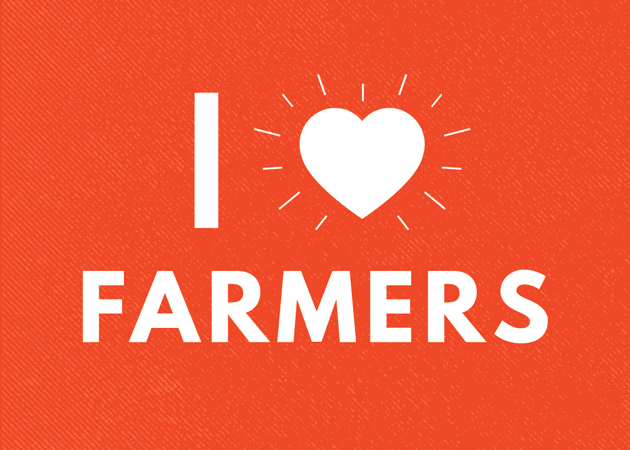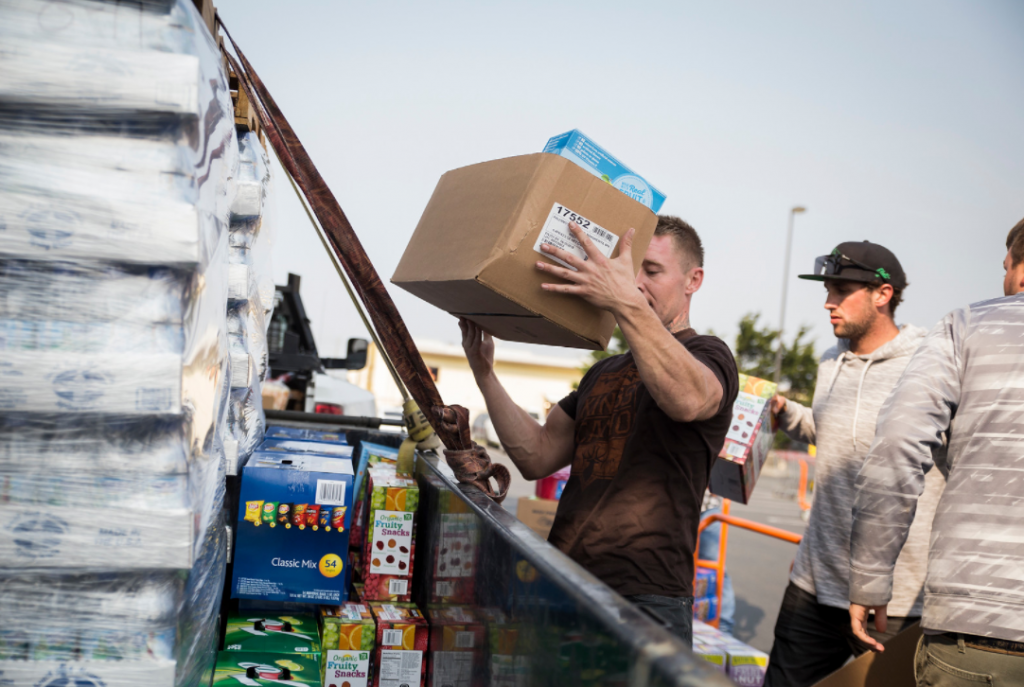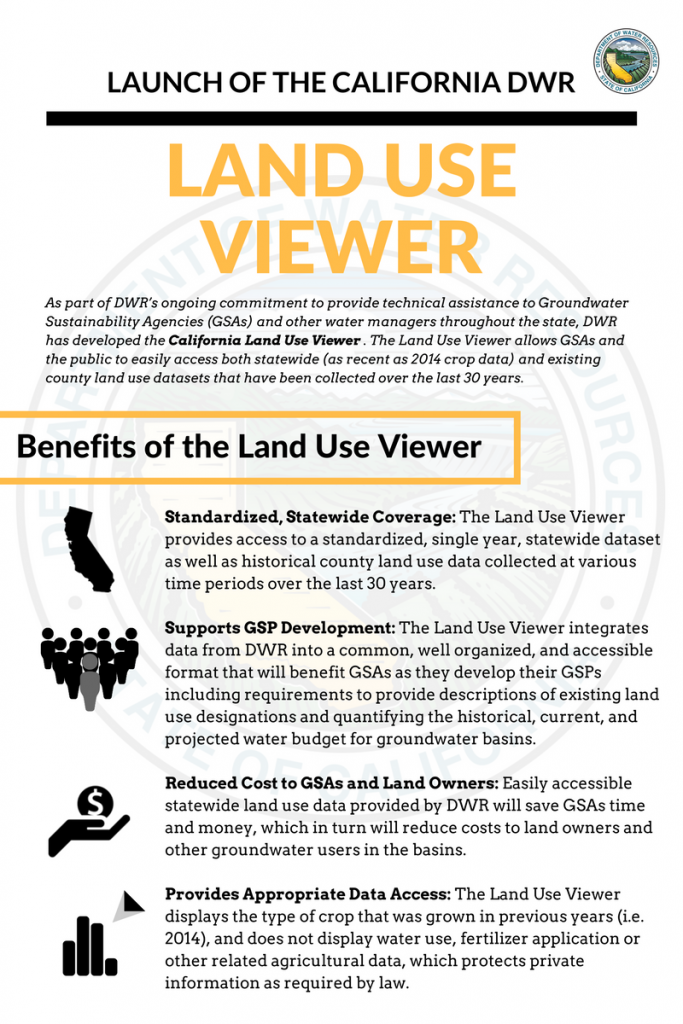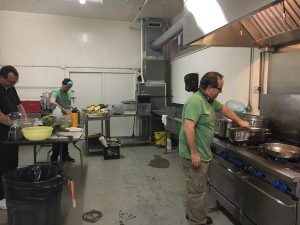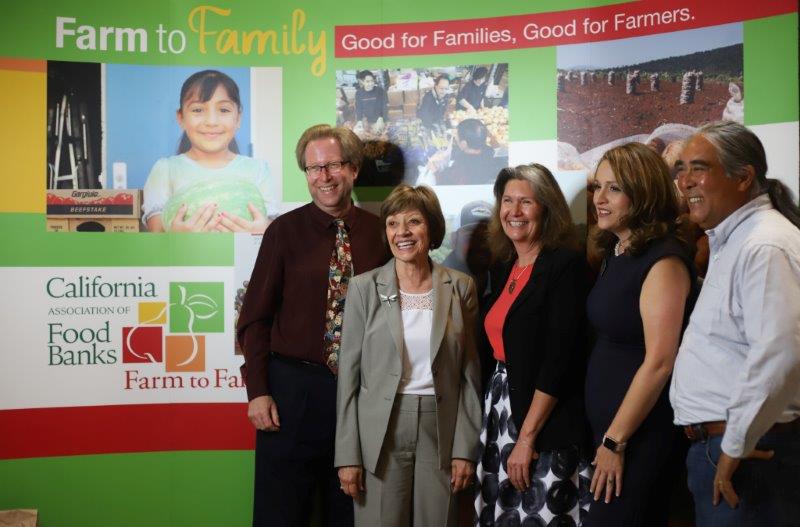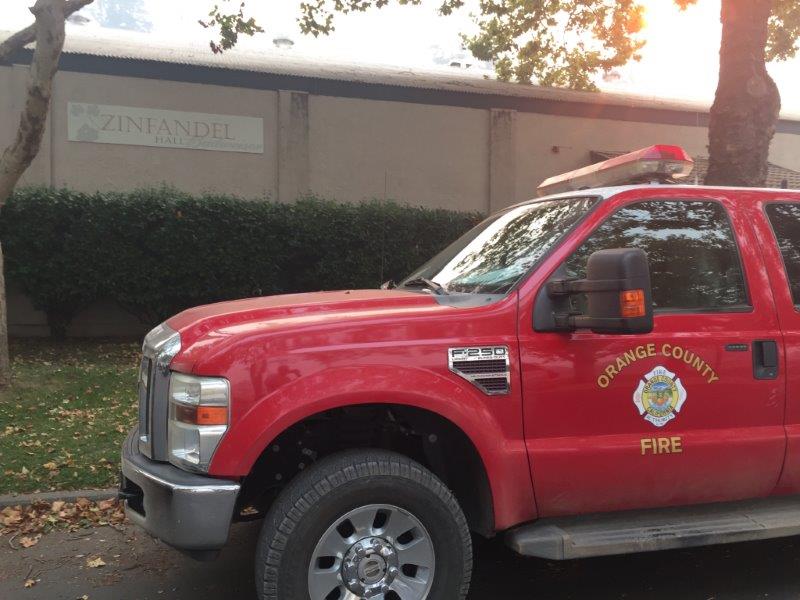
This week in Napa County.
As wildfires continue to spread in California, a number of the state’s local fairs as well as the State Fair have come forward to provide emergency shelter for evacuees and their animals, and to offer space for fire camps. This is one of many ways fairs serve their communities in times of need.
As of yesterday, 17 fairgrounds, from Costa Mesa to Boonville, were hosting approximately 2,000 evacuees; nearly 1,700 animals, including horses, pets, llamas and a tortoise; and 7,261 emergency response personnel and their equipment.
The fairs serving during this time are as follows:
- Napa Valley Fairgrounds and Exposition, 575 Third St., Napa, 94559
- Napa County Fairgrounds, 1435 North Oak St., Calistoga, 94515
- Sonoma County Fairgrounds, 1350 Bennett Valley Rd., Santa Rosa, 95404
- Sonoma-Marin Fairgrounds, 175 Fairgrounds Dr., Petaluma, 94952
- Redwood Empire Fairgrounds, 1005 N. State St., Ukiah, 95482
- Yuba-Sutter Fairgrounds, 442 Franklin Ave., Yuba City, 95991
- Nevada County Fairgrounds, 11228 McCourtney Rd., Grass Valley, 95945
- Marin County Fairgrounds, 10 Avenue of the Flags, San Rafael, 94903
- Cloverdale Citrus Fairgrounds, 1 Citrus Fair Dr., Cloverdale, 95425
- Solano County Fairgrounds, 900 Fairgrounds Dr., Vallejo, 94589
- Kern County Fairgrounds, 1142 S. P St., Bakersfield, 93307
- Mendocino County Fairgrounds, 14400 Highway 128, Boonville, 95415
- Orange County Fairgrounds, 88 Fair Dr., Costa Mesa, 92626
- Los Angeles County Fairgrounds, 1101 W. McKinley Ave., Pomona, 91769
- Dixon May Fairgrounds, 655 S. First St., Dixon, 95620
- Lake County Fairgrounds, 401 Martin St., Lakeport, 95453
- Cal Expo State Fair, 1600 Exposition Blvd., Sacramento, 95815
